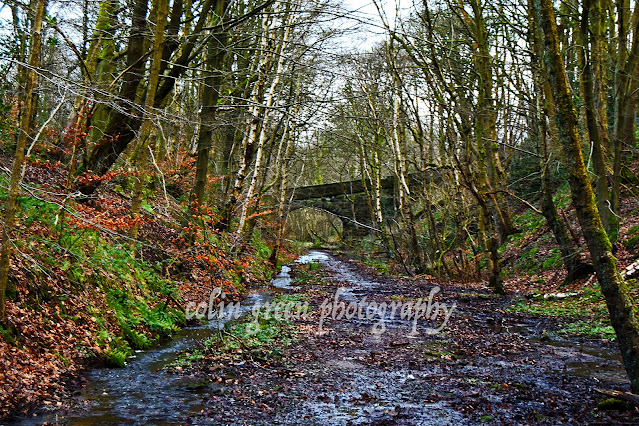April 2017. A crisp spring day, and I found myself perched above the village of Siddal, near Halifax, West Yorkshire, exploring the remnants of what I was told was Savile's Brickworks. The place had a haunting beauty, a silent testament to industrial might and the passage of time.
Armed with my trusty Nikon D3300 SLR, I captured the stark, weathered beauty of the brickworks. The textures were incredible – the rough, aged brick, the rusted metal, the tenacious weeds pushing through cracks in the concrete. Each shot seemed to tell a story, whispering of the workers who once toiled there, the roar of machinery, and the fiery kilns that once dominated the landscape.
But there was a mystery to the place. Was it truly abandoned? I'd heard conflicting stories. Some said a recycling centre operated there, breathing new life into the old site. Others insisted it was completely deserted, a ghost of its former self. As an HGV driver myself, I couldn’t help but shudder at the thought of navigating a 44-ton lorry up (or down!) the steep, cobbled slope leading to the yard. That alone seemed a daunting task, regardless of whether the place was active or not.
The photos, taken on April 9th, 2017, reveal a landscape of industrial decay, yet there's a strange allure to it. The sheer scale of the site, the echoes of its past, and the uncertainty of its present all contributed to a captivating experience. If you're interested in grabbing a print of these photos, clicking on any of the images will take you to my Colin Green Photography store on Zazzle.
There's something deeply fascinating about industrial ruins. They offer a tangible connection to the past, a glimpse into the lives and work of those who came before us. Savile's Brickworks, with its mix of decay and resilience, is a perfect example.
Whether it's a bustling recycling centre or a silent monument, the site continues to hold a certain magic. The cobbles, the bricks, the rust – they all whisper tales of a bygone era, leaving us to wonder about the stories they could tell.






















































